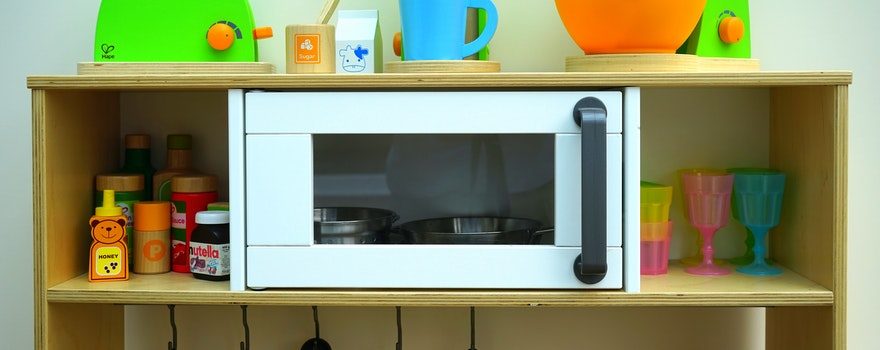
Samsung freestanding microwaves are really handy to have in the kitchen. Not only do pre-programmed and steam cooking options let you heat up meals, but many models can grill, fry, and bake too.
LED displays report on the cooking progress so you don’t have to open the door, and humidity sensors take the guesswork out of cooking. Anti-bacterial interiors making cleaning easy. So, what do you do when all this wonderful technology has a glitch? See a range of Samsung microwave problems and troubleshooting here…
Common Microwave Issues
Bear in mind that due to the high running voltage of your microwave and potential for electric shock it’s essential that you get a qualified appliance repair technician to replace any electrical components. Although you might learn where the fault lies you may not be able to safely fix it.
Samsung microwave problems can include:
Samsung microwave keypad not working
If the touchpad is defective it may need replacing. Some of the buttons responding correctly and others not, or none of the buttons working at all indicates a problem with the user control and display board which again may need to be replaced. Another culprit of buttons not working can be the main control board.
Samsung microwave display not working
This can be due to the main control board being faulty – causing an issue of missing dots and lines. This is often due to a missing solder or a defective capacitor. A faulty power supply or temperature and monitor fuse can also affect the microwave’s display features.
If the display is blank and the oven not starting this can signify a problem with the ceramic fuse – when this fails the power to the controls is interrupted and the microwave becomes non-functional.
Samsung microwave not heating
Microwave problems with not heating can be many and include a failing diode resulting in the microwave not receiving enough power to operate. Door switches that are faulty will prevent the microwave from starting or heating.
The magnetron uses high voltage, high current DC power to generate the frequency that cooks the food. If this component burns out it must be replaced. The high voltage capacitor is another part that can burn out. The capacitor works alongside the diode to convert and double the output voltage – and can store a lethal amount of electricity.
If the transformer fails, you’ll probably notice a burning smell and a failing of power to emit the energy needed to cook the food. All of these issues can be safely fixed by an experienced appliance engineer.
Samsung microwave overheating
Microwaves heat food by targeting water molecules – if there’s no moisture in the food to heat this can cause overheating. A faulty fan unable to regulate the temperature will cause the microwave oven to quickly overheat and shut down.
If the microwave has overheating problems the thermal fuse will immediately cut off the power, which can sometimes lead to a blown fuse. It can’t be reset and must be replaced. Another part that protects the oven if it overheats is the thermoprotector as it cuts off power to the microwave disabling the start.

Additional Samsung Microwave Oven Problems
Common microwave problems can also include the microwave not turning on. Issues that result in your microwave not starting include door switches also known as primary or secondary interlock switches. When these fail the oven simply won’t operate.
A problem with the door latch assembly may result in the switches not engaging. This component usually consists of two hooks that protrude from the door and fit into the door switch holder mounted to the microwave frame. When the hooks contact the door switches, they provide power to the controls as well as keeping the door closed. Any problems with connections will cause the oven not to turn on.



